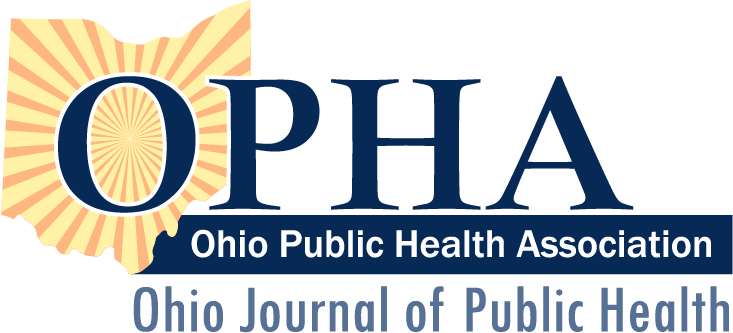Mobilizing Communities to Sustainably Produce Face Masks: Public Health Practice in the Time of COVID-19
Abstract
Background: Face mask shortages in health care and use recommendations and requirements in a variety of com-munity and professional contexts associated with the coronavirus disease 2019 (COVID-19) pandemic in the United States created initial and ongoing demand for face masks. In March 2020, the US Centers for Disease Control and Prevention (CDC) provided guidelines for use of cotton masks for individuals in health care settings and in public. Community volun-teers provide a potential workforce to rapidly and flexibly address critical needs in emergent circumstances.
Methods: People Protecting Each-other Sustainably (PPEs) was developed to recruit and manage over 100 Northeast Ohio volunteers. People Protecting Each-other Sustainably used the social media platform Facebook to facilitate material donations, volunteer recruitment and training, and to function as an ongoing central communications hub. Leaders used an assembly line process with zero contact pick up and drop off at multiple stages of production to allow safe assembly and distribution of face masks.
Results: A total of 7 695 handmade face masks were created to distribute to local frontline responders in 10 weeks. Use of upsourced and donated materials allowed this project to reduce potential landfill waste and made a zero cost project possible. Volunteers had positive responses to the project and reported benefits from their participation.
Conclusion: This model has been successfully recreated by a smaller group in Geauga County, Ohio, with similarly successful results. Clearly this model of community mobilization has the potential to be replicated in other state of emer-gency crises and emergency response situations to produce lifesaving or necessary equipment when industry standard equipment is not readily available.
Keywords: COVID-19, PPE, Community volunteers, Sustainability
How to Cite:
Snyder, A., Weisel, H. & Chatfield, S., (2020) “Mobilizing Communities to Sustainably Produce Face Masks: Public Health Practice in the Time of COVID-19”, Ohio Journal of Public Health 3(2), 25-29. doi: https://doi.org/10.18061/ojph.v3i2.9013
Rights: Andrew M. Snyder, Heidi L. Weisel, Sheryl L. Chatfield
Downloads
Download PDF
